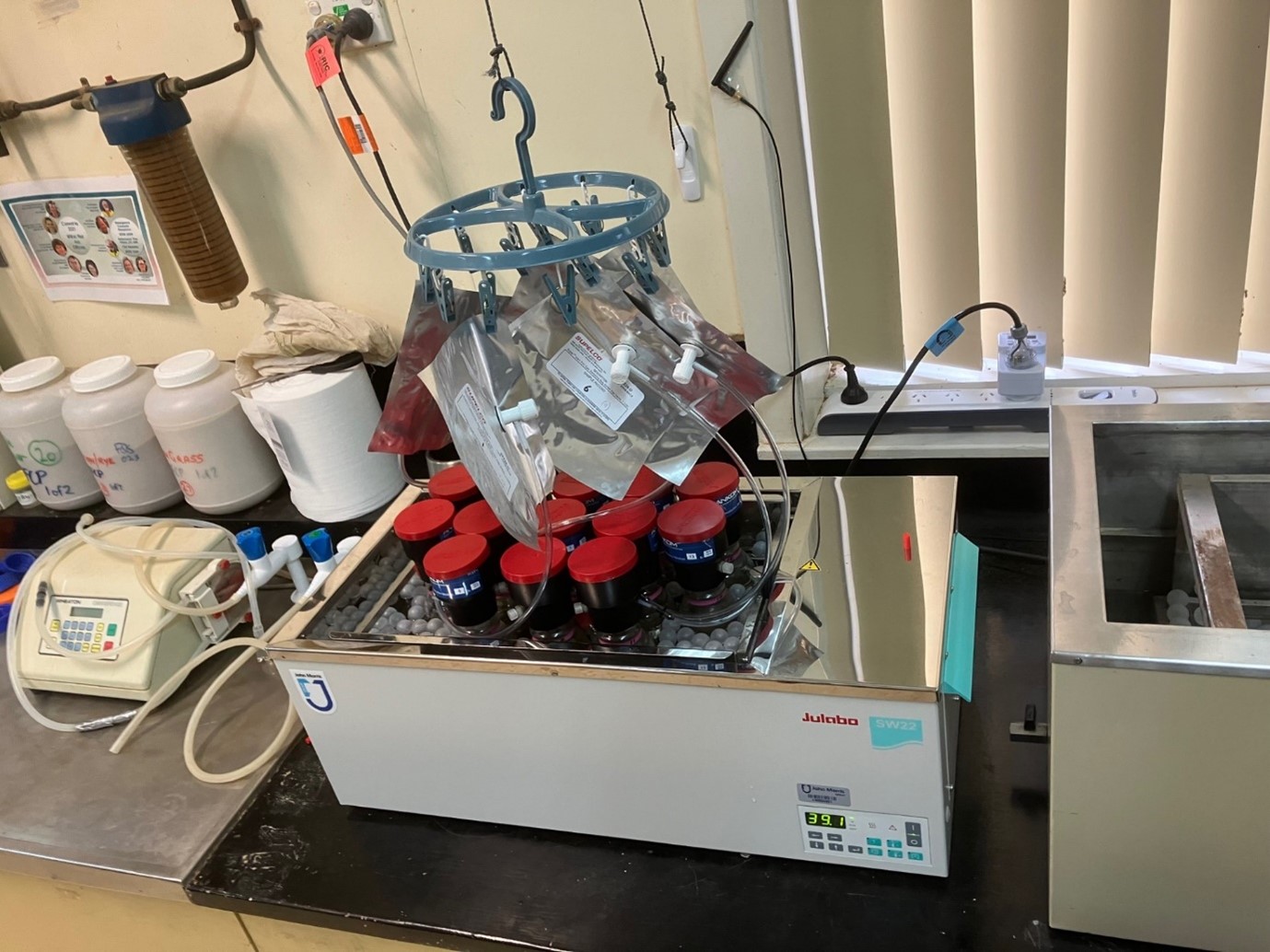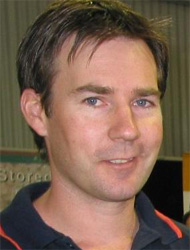Developing NIRS calibrations to screen for methane production
Summary
The project's goal is to create and commercialise a Near Infrared Reflectance Spectroscopy (NIRS) calibration that can quickly and affordably predict the fermentability and methane production potential of various legumes, grasses, and mixed swards. By achieving this, the project aims to benefit the industry in several ways.
Enable plant breeders and researchers to identify low methane species, varieties, and farming practices suitable for different environments and forage breeding programs.
Facilitate rapid assessment of feedbase methane production and provide additional data for grazing study research.
Compare the methane efficiency of different grazing systems when used in conjunction with live weight, intake, and methane output data.
Serve as a cost-effective tool for comparing and selecting species and accession early in forage breeding programs, instead of evaluating methanogenic potential at a later stage
Disseminate information to suppliers, allowing producers to choose pasture species with higher antimethanogenic properties, thereby reducing their carbon footprint while maintaining productivity and profit.
Project value: $2.104M
Through this collaboration with NSW DPIRD and Meat & Livestock Australia, the project seeks to offer sheep and cattle producers the option to grow pasture species that result in lower enteric methane emissions, ultimately increasing their farm's productivity.

Project lead
Project timeline
Start: Jan 2023End: Dec 2025
